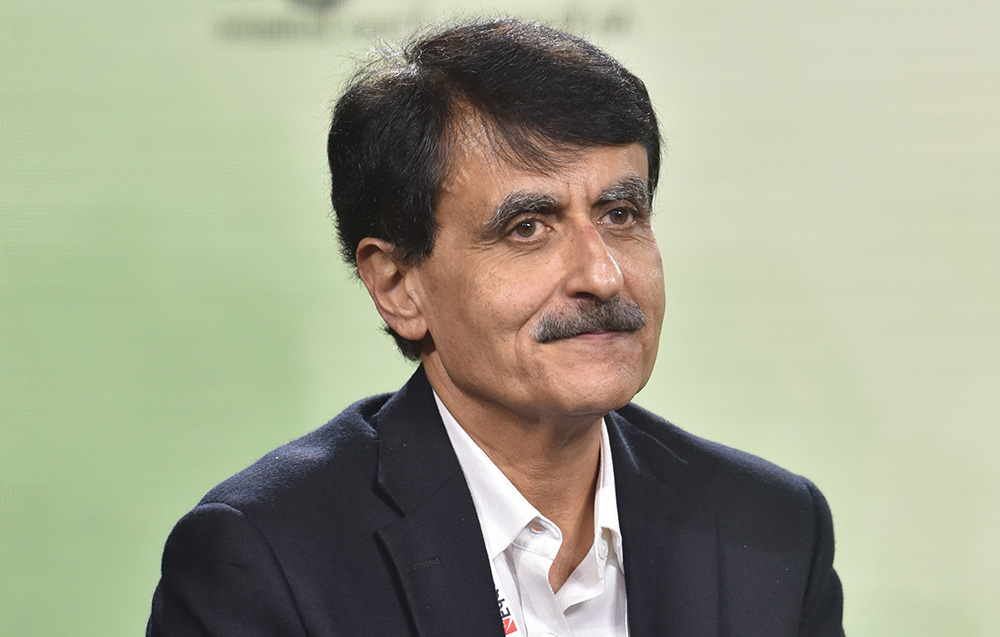Amit Chopra, Managing Director-India, and South Asia explains how sustainability is ingrained within the company.
Healthcare/ pharmaceutical and life sciences organisations have historically embraced the social pillar of environmental, social and governance (ESG) efforts, caring for patients and creating medications, vaccines and devices that improve human health and save lives.
Healthcare and life sciences-focused solutions provider Thermo Fisher Scientific has raised its interim greenhouse gas emissions target. It is now targeting a reduction of more than 50% in Scope 1 and 2 operational emissions by 2030, compared to its prior 30% goal
“Sustainability is ingrained in our company, right from design to operations,” stated Amit Chopra, Managing Director-India and South Asia, Thermo Fisher Scientific at the Economic Times ESG and Net Zero Summit.
Last year, the company had pledged to reach net zero carbon emissions by 2050 across its value chain.
“We are looking at three broad dimensions to achieve this. The first is to look at how we can reduce our internal energy consumption. For instance, out of the 400 sites that we have globally, 25% of them are on renewable energy,” Chopra said.
Thermo Fisher Scientific provides scientific instruments and laboratory equipment, diagnostics consumables, and life science reagents. It operates through four segments viz: analytical technologies, specialty diagnostic products, life science solutions; and lab products and services, which includes CRO services.
The company has deeply integrated ESG into their management culture, strategic thinking, and product strategy.
“Our second approach is focused towards making our products greener at the design phase itself,” Chopra said.
He highlighted that a couple of months back, the company added a new freezer to its ultra-low temperature green portfolio, the Thermo Scientific TDE Series -80°C Chest Freezer. The freezer uses eco-friendly refrigerants and improved temperature regulation efficiency to offer approximately 25% reduction in energy usage for most size and voltages over the previous design.
Chopra shared another example of how the company created a greener packaging option over the decades old use of expanded polystyrene (EPS) coolers used for external packaging for cold-chain shipments.
“Though lightweight, durable, and highly insulative, EPS recycling options are limited. We developed a 100% paper-based recyclable cooler that meets the thermal requirements necessary, and upholds our stringent product quality standard,” Chopra said.
Every 10,000 paper coolers that Thermo Fisher Scientific ships, it keeps more than 6,500 ft3 of EPS from landfills.
“Our third focus area involves working with our ecosystem of suppliers. We have started tracking how efficient and sustainable our supplier operations are, and how we can achieve increased alignment in the entire value chain,” Chopra said.
ET Insights Opinion
Many enterprises have started to market ESG products that are compliant by design. This approach allows companies to embed assurance testing procedures into products at the design stage to identify potential exposure to reputational damage from launch and throughout the entire product lifecycle.
Designing, and assuring ESG compliant products also helps brands to prevent reputational damage due to greenwashing.



